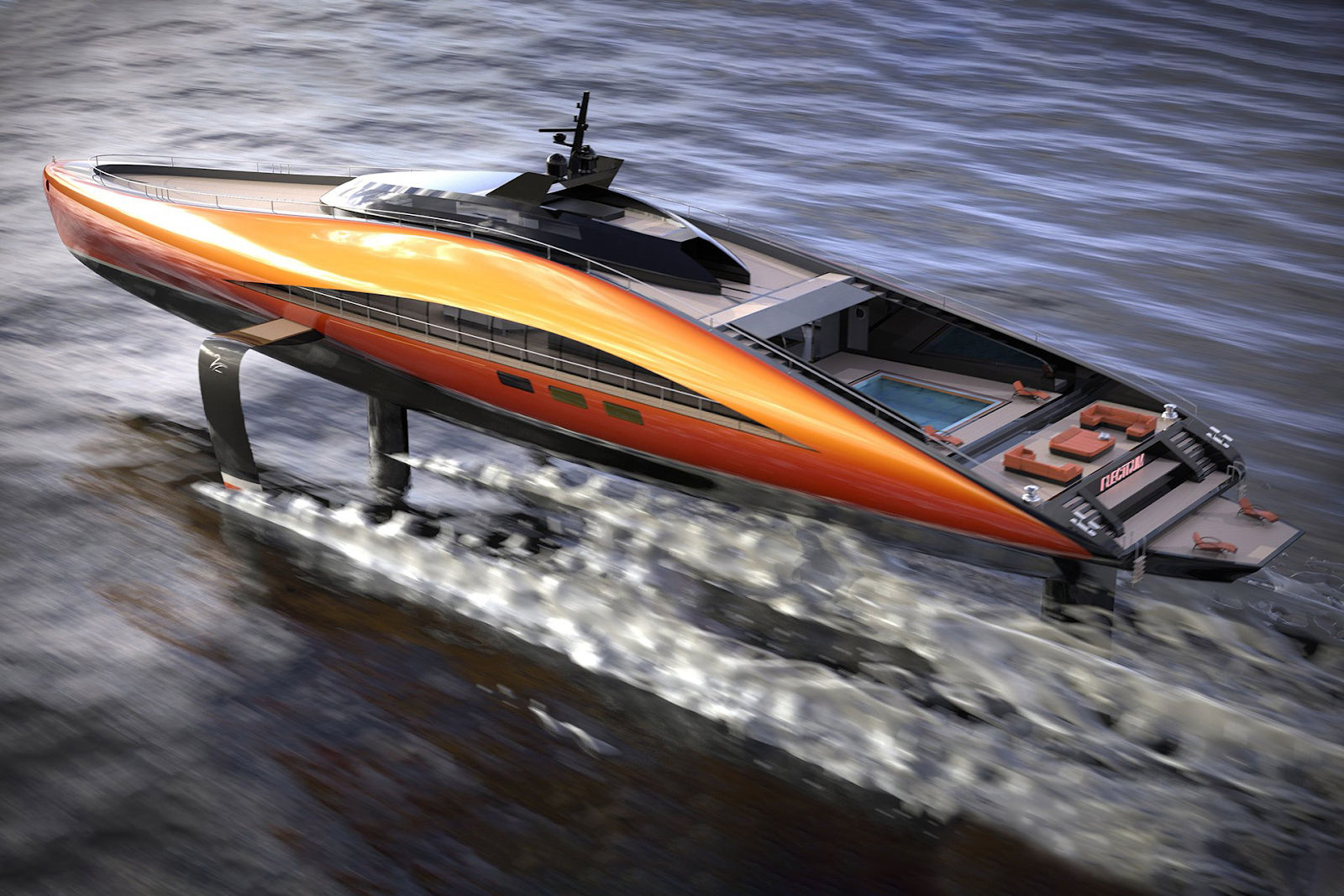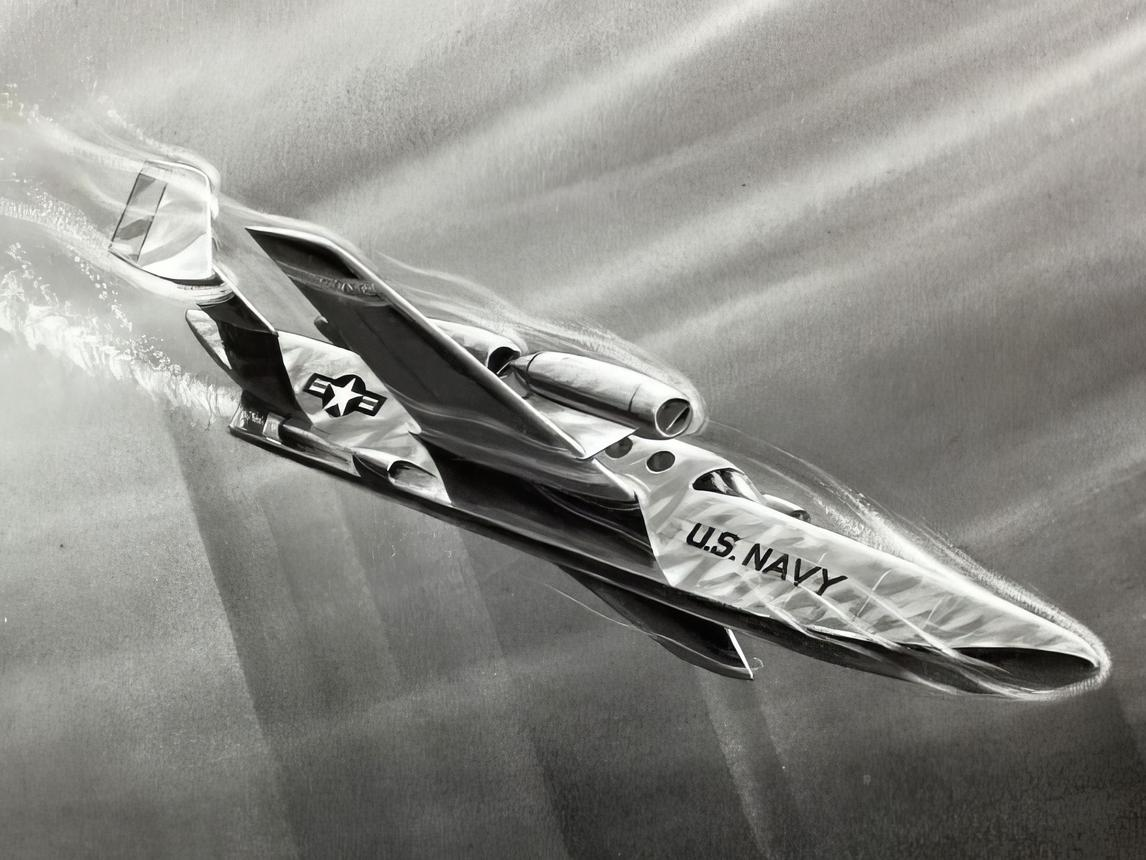The new Plectrum superyacht uses hydrogen turbines and its engines are creating 15 000 hp. That thing makes the 74-meter hydrofoil yacht travel over the sea at a speed of 140 km/h. That kind of yacht is technically interesting in many ways. The hydrogen turbines can use hydrogen, which is possible to create in the yacht. There are many ways to create that hydrogen. And one of them is the capillary tube that can fall in depth. And that thing makes it possible to create hydrogen by using a dynamo. That thing takes time, and maybe the electricity for electrolysis is easier to take from the ground or the yacht's diesel engines.
There is also the possibility that in the future yachts can use Fletnner-turbines for making hydrogen, and that system can make driving with this kind of vehicle free. The water statue that can be driven to the Flettner turbine from below the craft can make this turbine independent from the winds. And green energy is always interesting especially if it can decrease pollution and give the vehicle ultimate power.
Flying submarines are always interesting. There are already drones that can operate underwater. But the full-scale models that are manned subs, with a length of about 50-70 m. could be interesting. Modern technology and modern materials would turn the old dream into truth.
There is the possibility that flying submarines are possible sooner than we even can imagine. If we think of the Plectrum, there is the possibility to make the Super U-boat that can submerge, drive on its hydrofoils, and even fly. From the 1930s to the 1950's the Soviets and the USA tried to create flying submarines.
But in that case, technology was not advanced enough that those systems can turn realistic. The speed of those systems was not very good. And 2 knots of speed underwater caused those systems to be unable to operate. But by using modern technology the "flying super-U-boats could turn to reality.
Sometimes the U.S. version is planned to wake by using MHD (magnetohydrodynamic drive)technology. The engine of the V-1- (Flying Bomb) style miniature submarine will equip with MHD technology. And that allows the miniature sub to move very fast and silently.
https://www.boatinternational.com/yachts/news/74m-superyacht-concept-foiling-plectrum
https://www.flitetest.com/articles/the-flying-submarine-story
https://interestingengineering.com/innovation/unique-aerial-aquatic-hybrid-drone
https://en.mercopress.com/2015/01/08/first-wind-powered-vessel-expected-in-montevideo-with-turbines-for-eolian-farm
https://www.secretprojects.co.uk/threads/submersible-aircraft.703/
https://en.wikipedia.org/wiki/Flettner_rotor
https://en.wikipedia.org/wiki/V-1_flying_bomb









No comments:
Post a Comment
Note: Only a member of this blog may post a comment.